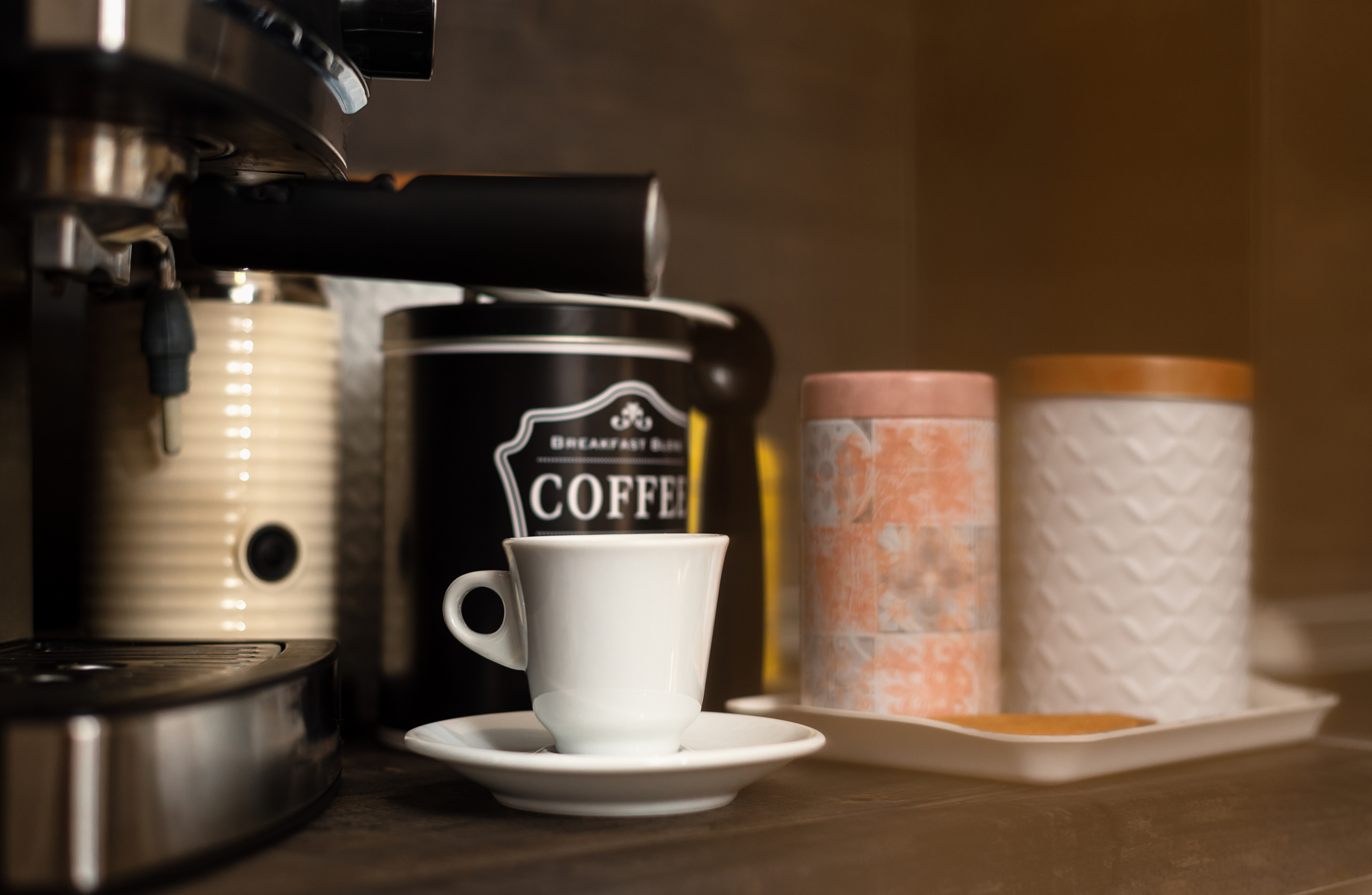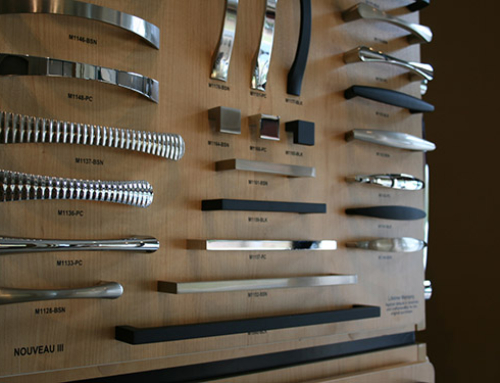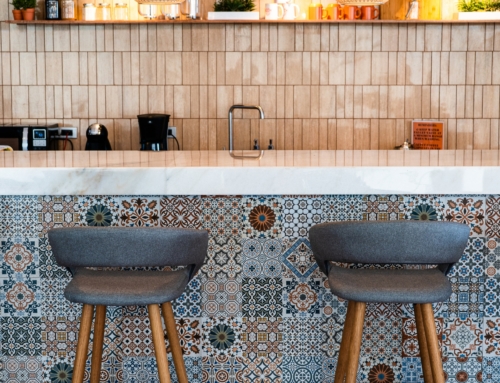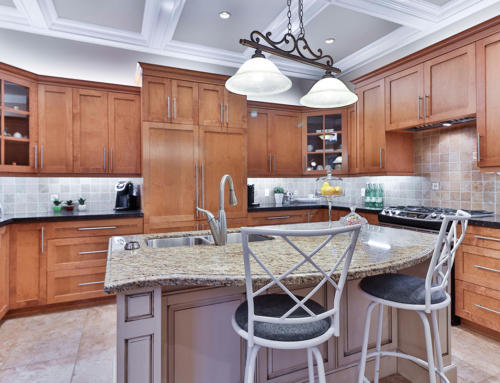September 2024
When planning a kitchen remodel, it is important to think about function and flow and how you and your family envision this area. Is it simply as a place to prepare meals and dine? Or is it also as a place to entertain and hang out to chill & relax?
Kitchens are becoming a central hub in a home. Most often it’s the first place you and yours gravitate to when you come home from a busy day to quench your thirst and grab a snack. So why not elevate your beverage making to a special area that can add a bit of luxury to your home.
Where should a beverage station go? What should it look like? What should it be stocked with? All great questions to address when designing this fun area.
For an open kitchen floor plan, a built-in cabinet/counter-top style can easily be designed to fit in next to a pantry or refrigerator. If there isn’t enough space to incorporate it into the actual kitchen area, a beverage area can be built into a corner of an adjacent living or dining room.
Another style that works well when space is limited is a butler style station. Traditionally used as storage areas for dishes, glasses and flatware, today it serves as a staging area and is the perfect place to make coffee, mix cocktails or serve as buffet space for serving food. Butler stations located between a dining area and kitchen are extremely functional and considered a luxury (boosting a home’s resale value).
An important feature to consider is whether a station should be dry or wet? A wet station includes a sink and has running water. A dry station has no plumbing, often includes a small refrigerator, and has ample cabinets for storage space. If wine storage, a beer keg or a direct water line to a coffee maker are features you would love to have, be sure to plan accordingly for a small refrigerator and electric and plumbing access.
A well-stocked beverage station will have room for barware, wineglasses, mugs, paper goods, snacks and beverage accessories (such as a corkscrew, bottle opener, drink charms, cocktail shaker). Liquors, mixers, beers, wines, sodas, coffee pods and teas are traditional beverage station items. Adding juices, milk, yogurt, dry cereal, and energy bars turns the station into an ideal spot to grab a quick breakfast, optimizing functionality and adding substantial ROI. And to keep the flow in the kitchen directed toward the beverage station, consider a “beverage/drop zone” area, with plenty of electrical outlets to charge everyone’s electronics (keeping clutter to a minimum/solving the everlasting “where’s my phone” dilemma).
Cabinets for beverage station allow you to express your style and make a statement while still being functional and match the esthetic of the area it will live in. Whether it’s a modern, minimalist look or a classic, timeless style, there are endless choices to pick from.
A flat slab cabinet style with simple hardware offers a clean, uncluttered, modern look. It will never go out of style and is easy to maintain. For a more traditional look, stained Shaker cabinets offer a classic, timeless feel. The stained finish adds warmth and depth while the shaker style coordinates well with various decors. To display barware/vintage beer steins, cabinets with glass doors add a decorative touch and are an excellent way to showcase glassware. One last element – easy close drawers – are essential to include in your overall design to allow quick access to beverage accessories and snacks.
No matter the style, cabinetry should add to the ambiance and beauty of your home.
Let’s discuss the various ways to add a beverage station to your home. Call or email us. We are here to share our ideas and expertise.
Our blog provides information related to kitchen and bathroom design and renovation. The content is for general information purposes only. Readers should consult with qualified professionals before making decisions based on the information provided. We strive to provide accurate and up-to-date information, but cannot guarantee completeness or validity. Always verify details with authorized sources before taking action. We are not liable for any consequences resulting from reliance on our blog posts. We may include affiliate links or sponsored content. These links help support the blog. We only recommend products/services we believe in. Photographs used are sourced from public photography platforms or are from our archives. We make every effort to respect copyright. All content is protected by copyright. Reproduction or distribution without permission is prohibited. We reserve the right to modify, update or remove content without notice.









